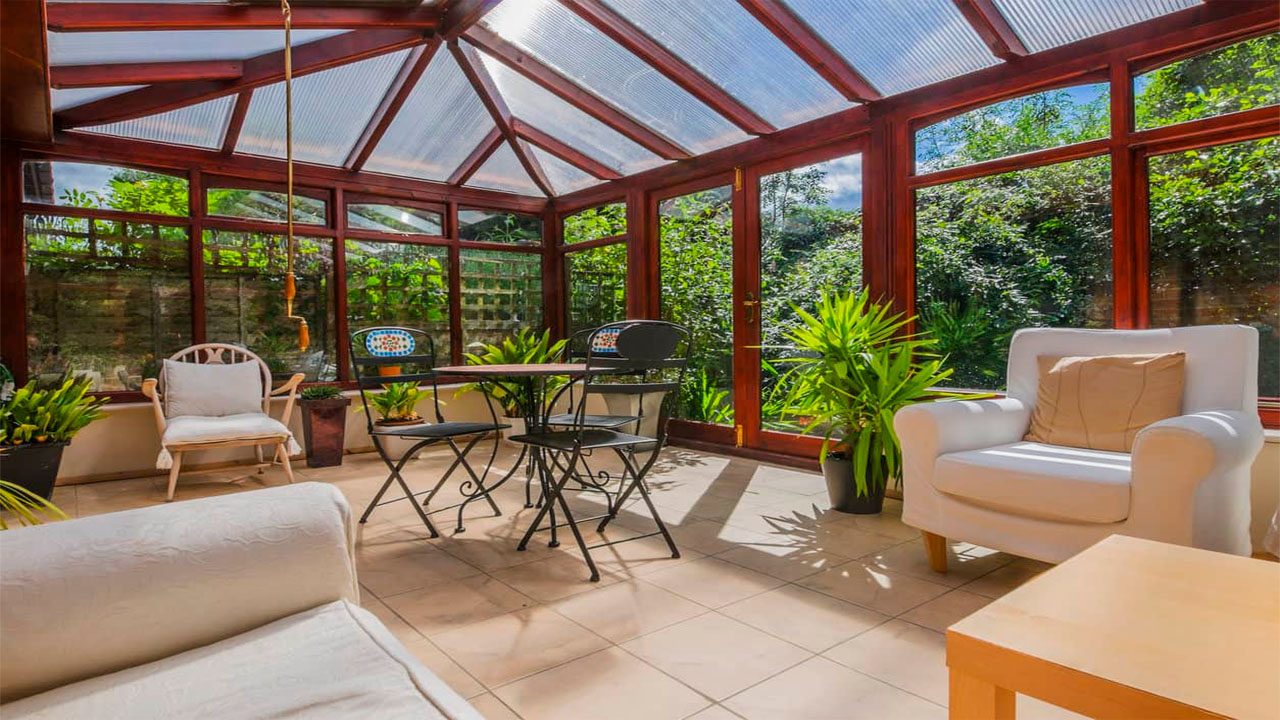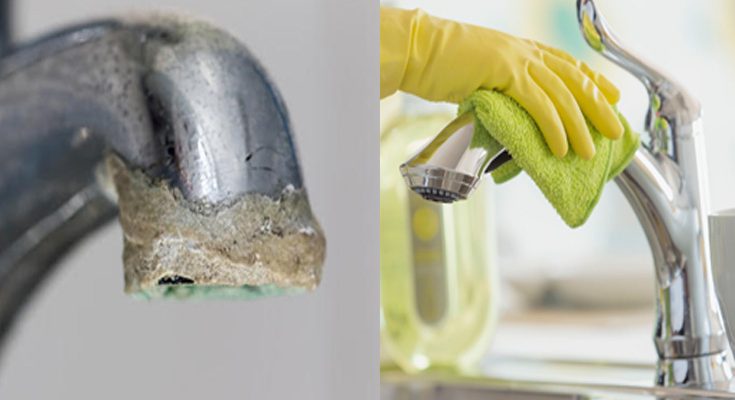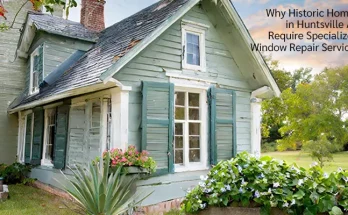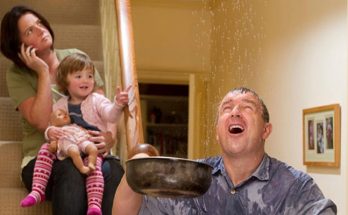Anywhere else, it’s unsightly to see calcium build-up on otherwise sparkling, chrome tap fixtures. Even if you are the type to keep your bathroom spic and span, calcium build-up can make it look dirty and unkempt. Worse still, it is difficult to clean up and scrub away. However, we are here to show you what blocked drain plumbers in Sydney recommends getting rid of calcium build-up on your taps.
What is Calcium Build-up?
Calcium build-up is typically a result of hard water. Hard water is high in minerals, and it is developed when water seeps through chalk, gypsum, and limestone deposits. These deposits are primarily composed of sulphates, bicarbonates, and calcium and magnesium carbonates. When hard water, which is loaded with these compounds, flows through taps or showerheads and evaporates on them, it can coat the metal with calcium build-up, making the fixtures appear white and crusty. Calcium build-up is also known as limescale, which is made up primarily of calcium carbonate. This often builds up in pipes, hot water boilers, and kettles. In some cases, hard water also has high iron content, which can make the build-up take on a yellowish or rusty hue. This can stain your sink or bathtub, which can alter the overall look and functionality of your bathroom.
Other Disadvantages of Hard Water
Hard water does not come with any health risks, but it could make your fixtures and pipes less efficient. Mineral deposits can clog up the openings through which water flows out, drastically reducing the water pressure. Calcium build-up can also cause permanent damage to plated fixtures because the chemicals consume the coating. Rubber washers can also get damaged by calcium deposits, which can cause leaks.
How to Get Rid of Calcium Build-up
Materials:
- White vinegar
- Paper towels or a soft rag
- Rubber bags
- Plastic sandwich bags
- Scrubbing apparatus (sponge or textured cloth)
Procedures:
- Pour some vinegar into a plastic sandwich bag and submerge the faucet head in the vinegar. Use the rubber bands to keep the sandwich bag secure and in place. The vinegar should help break down the build-up that may be clogging up the taps.
- Dip the rag or paper towel in vinegar and let it sit in the hard-to-reach areas. This would work well for drains as well.
- Let the fixtures sit in the vinegar for at least an hour. You could even let them soak overnight.
- After soaking, remove the fixtures from the plastic sandwich bags. Use the scrubbing apparatus to scrub off the build-up, which should have been softened by the vinegar soak.
- Use a clean, damp rag to wipe down the fixtures and let them dry. You will be left with a sparkling, clean tap that is no longer tainted by calcium build-up.
How to Avoid Calcium Build-up
Blocked drain plumbers in Sydney suggest using a water softener, which can help temper the minerals in the hard water and prevent calcium build-ups. You should also book an appointment with your plumber, who can recommend the best way for you to keep your taps clean and sterling. A blocked drain plumber from Sydney has the professionalism and expertise required to solve any problem you would have with your taps and fixtures.
Benefits of Hiring a Blocked Drain Plumber in Sydney
Trusted blocked drain plumber Sydney experts are highly experienced, and they can work with all sorts of fixtures. They will be able to solve your plumbing problems in a jiff, which saves you time and money. They also have top-of-the-line equipment to accurately and properly cater to your plumbing needs. With a professional blocked drain plumber from Sydney, you can rest assured that all your plumbing needs and fixtures are well taken care of.





